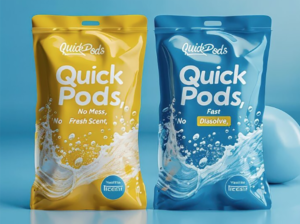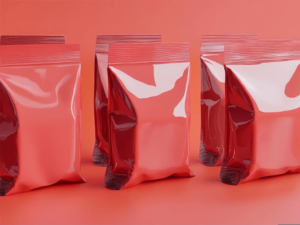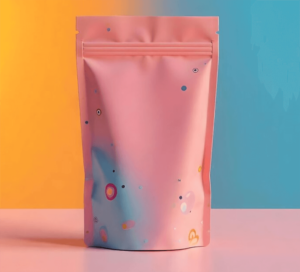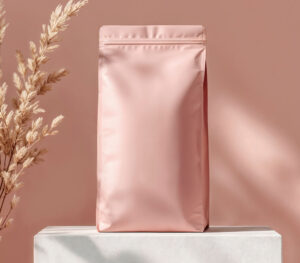Polyvinyl Chloride (PVC) is one of the most widely used plastics globally, known for its versatility, durability, and cost-effectiveness. It can be rigid (unplasticized PVC or uPVC) or flexible (plasticized PVC), thanks to the addition of plasticizers.
Downstream Applications of PVC Plastic
PVC’s applications are vast and touch almost every industry. Here’s a breakdown of its major downstream uses:
1. Construction (Largest Application Area):
- Pipes and Fittings: Roughly half of global PVC production goes into pipes for water supply, drainage (DWV – Drain, Waste, Vent), irrigation, sewage, and electrical conduits. Its lightweight nature, high strength, and corrosion resistance make it ideal.
- Window and Door Profiles: uPVC window and door frames are highly popular due to their durability, low maintenance, and excellent insulation properties.
- Roofing and Siding: Used in roofing membranes, gutters, downspouts, and house siding for weatherability and long lifespan.
- Flooring: Vinyl flooring (sheet, tiles, planks) is widely used in residential and commercial buildings for its durability, water resistance, and aesthetic versatility.
- Wall Coverings: Used in various wall paneling and decorative applications.
- Cables and Wires: PVC is a common insulation and jacketing material for electrical cables due to its excellent electrical insulation properties and flame retardancy.
2. Packaging:
- Films: Used in stretch and shrink wrap, laminate films, and cling film.
- Bottles and Containers: Blow-molded into bottles for household cleaners, toiletries, and some food products (though less common for direct food contact than PET).
- Blister Packaging: Rigid PVC is used for blister packs for pharmaceuticals and consumer goods.
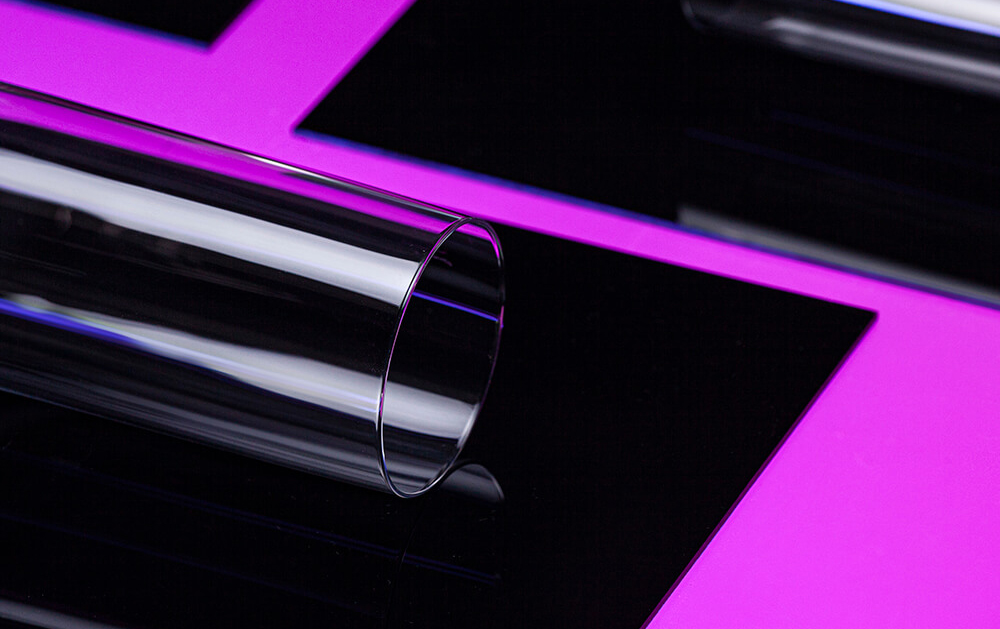
3. Automotive:
- Interior Components: Dashboards, door panels, seat coverings, headliners, armrests, and floor mats.
- Exterior Components: Body side moldings, protective strips, and underbody coatings.
- Wire Coatings: Used for electrical wiring insulation within vehicles.
4. Medical:
- Tubing: Blood bags, IV bags, kidney dialysis and blood transfusion equipment, catheters, endotracheal tubes.
- Medical Devices: Components for various medical devices where biocompatibility and sterilizability are crucial.
5. Consumer Goods:
- Toys: Flexible PVC is commonly used for inflatable products, dolls, and other soft toys.
- Apparel: Used in raincoats, boots (Wellington boots), aprons, and artificial leather.
- Hoses: Garden hoses, industrial hoses.
- Credit Cards: The base material for credit cards and other plastic cards.
- Sporting Goods: Inflatables, balls, and other sports equipment components.
Methods for Improving PVC Heat Resistance
PVC inherently has poor heat stability; it starts to degrade and release hydrogen chloride (HCl) gas at relatively low temperatures (around 70-80°C for unplasticized PVC, and even lower for plasticized versions) during processing and in high-temperature applications. To overcome this, various methods and additives are employed:
1. Heat Stabilizers: This is the most crucial and widely used method. Heat stabilizers scavenge HCl, prevent further degradation, and promote better color retention.
- Metallic Soaps: Calcium-zinc (Ca-Zn) stabilizers are increasingly popular due to environmental concerns about lead and cadmium. Barium-zinc (Ba-Zn) and tin-based stabilizers are also used.
- Organic Heat Stabilizers (OHS): Non-metallic, often used in rigid PVC, offering excellent long-term stability and clarity.
- Lead-based Stabilizers: Historically common, but their use is declining due to toxicity concerns.
- Epoxidized Soybean Oil (ESBO) and Linseed Oil (ELSO): Often used as co-stabilizers, providing synergistic effects and improving UV stability.

2. PVC Chlorination (CPVC):
- Chlorinated Polyvinyl Chloride (CPVC) is produced by further chlorinating PVC resin. This increases the chlorine content (typically 62-68%).
- Benefit: CPVC can withstand continuous operating temperatures up to 100-105°C (212-221°F), which is significantly higher than standard PVC. It also has enhanced chemical resistance and flame retardancy.
- Drawback: More difficult to process, and can have poorer impact toughness than standard PVC. Applications include hot and cold water plumbing, industrial liquid handling, and fire sprinkler systems.
3. Copolymerization:
- By copolymerizing vinyl chloride with other monomers that have polar or bulky groups, the glass transition temperature (Tg) and thermal deformation temperature of the resulting copolymer can be increased.
- Examples: Vinyl chloride-vinylidene chloride, vinyl chloride-methyl methacrylate, vinyl chloride-acrylonitrile copolymers.
4. Blending with Heat-Resistant Polymers:
- PVC can be blended with other polymers that have higher heat resistance. If the polymers are compatible at a molecular level, they can form a single-phase structure with improved thermal properties.
- Examples: Blends with CPVC, ABS (Acrylonitrile Butadiene Styrene), SMA (Styrene Maleic Anhydride copolymer), acrylic copolymers (e.g., polyglutarimide, HT-510).
- PVC can be cross-linked using radiation crosslinking or chemical crosslinking methods.
- Benefit: Cross-linked PVC products exhibit higher mechanical strength, improved dimensional stability, better heat deformation resistance, and enhanced chemical resistance.
- Application: Radiation cross-linked wires can be used continuously at temperatures up to 100-110°C.
6. Adding Inorganic Fillers:
- Incorporating a certain amount of inorganic fillers can improve PVC’s heat resistance.
- Examples: Heavy calcium carbonate, light calcium carbonate, calcined kaolin, barium sulfate, titanium dioxide. These fillers can act as a physical barrier and help stabilize the material.

